Did you know that you can survive without some of your human organs?
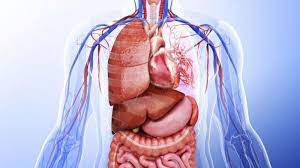
Our bodies are intricate, finely-tuned machines, masterpieces of evolution, designed with layers upon layers of complex systems. Every organ, every tiny bit seems to serve a vital purpose, making us incredibly adaptable. Yet, beneath this apparent perfection lies a fascinating truth: the human body is surprisingly resilient, often equipped with built-in redundancies or organs that, while useful, aren’t strictly essential for survival.
It’s a rather mind-boggling thought, isn’t it? That you could actually have a bit of a nip-and-tuck on your internal bits and still carry on whistling dixie. So, prepare to be quite chuffed, as we delve into nine surprising body parts you can, remarkably, live without.
1. The Appendix
This small, finger-shaped tube extending from your large intestine has long puzzled scientists, often dubbed a “vestigial organ” – a leftover from our evolutionary past that no longer serves a significant purpose.
Exclusive video shows the wrecked Lamborghini Diogo Jota and his brother were in during the fatal crash in Spain…
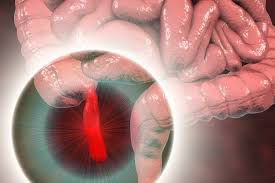
While some theories suggest a minor role in gut immunity or as a ‘safe house’ for good gut bacteria, its removal (appendectomy) due to inflammation (appendicitis) is one of the most common abdominal surgeries, with absolutely no long-term ill effects for the vast majority of people.
ALSO READ: Follow These Steps to Change Your Gut Bacteria and Lose Weight
2. The Tonsils
Those two pesky lumps at the back of your throat that often swell up with infection.Tonsils are part of your immune system, acting as a first line of defence against inhaled or ingested pathogens, particularly in childhood.
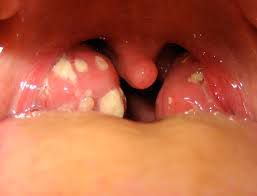
However, they are far from being the only part of your immune system. If they become chronically infected or enlarged, a tonsillectomy is a common procedure, and other parts of your body’s vast immune network simply take over their duties without missing a beat. You might get slightly more throat infections initially, but generally, life carries on as normal.
ALSO READ: Why do heartbreaks hurt more in the middle of the year?
3. The Spleen
Now, this one might surprise a few! The spleen is a clever little organ tucked under your left rib cage. Its main jobs are filtering old or damaged red blood cells, storing platelets and white blood cells, and playing a role in your immune response.
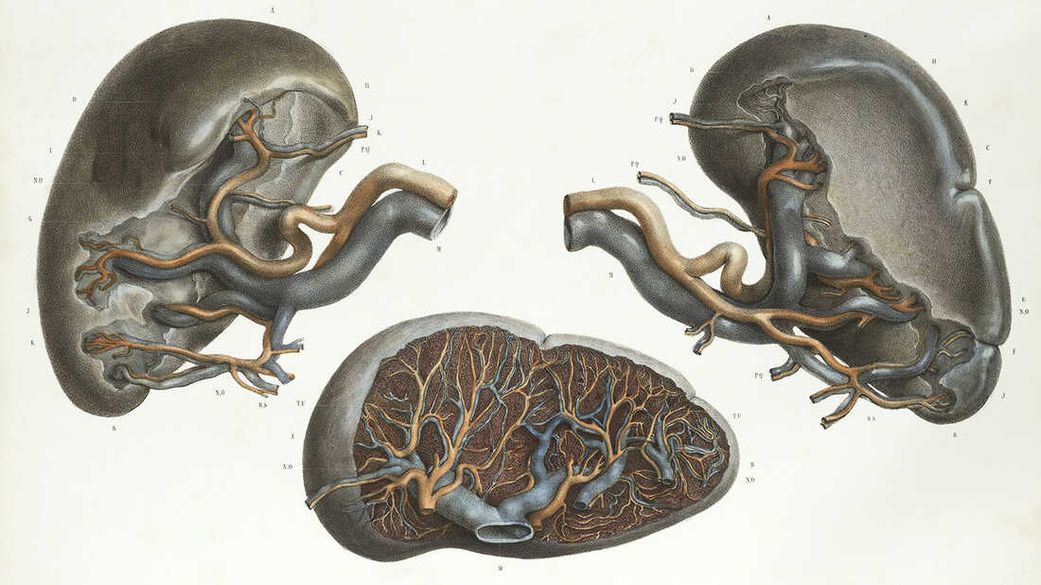
So, it’s quite busy! However, if it needs to be removed (perhaps due to injury or certain blood disorders), other organs like the liver and lymph nodes can step up and take over most of its functions. The main implication is usually a slightly increased risk of certain bacterial infections, so post-splenectomy patients often receive specific vaccinations.
4. One Kidney
We’re all born with two kidneys, and thankfully, we only truly need one functional one to lead a perfectly healthy life. These bean-shaped organs are vital for filtering waste products and excess water from your blood, turning it into urine. If one kidney is removed (say, for a donation or due to disease), the remaining kidney will actually grow larger and compensate, efficiently taking over the full workload.
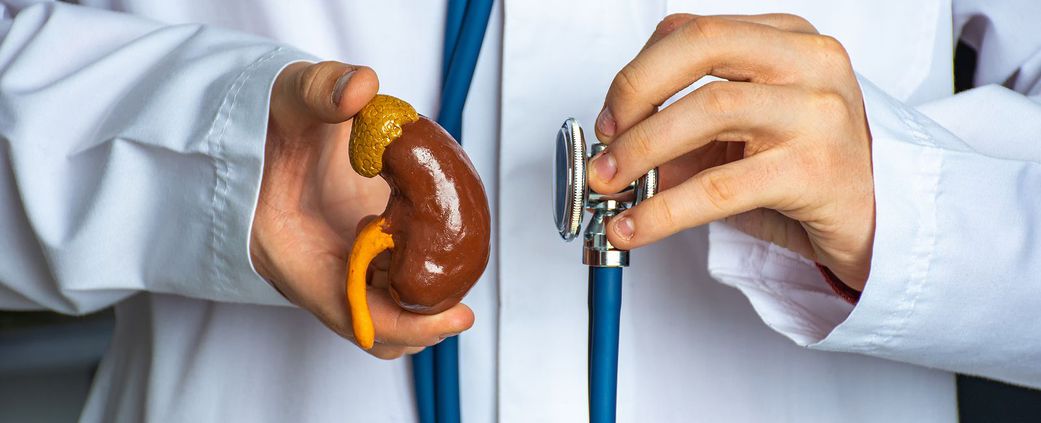
It’s an incredible testament to the body’s adaptability and why kidney donation is a relatively safe procedure.
5. A Single Lung
While having two healthy lungs is ideal for optimal breathing and oxygen exchange, it is absolutely possible to live with just one lung, a procedure known as a pneumonectomy. This is typically done if one lung is severely damaged by disease (like cancer or severe tuberculosis) or injury.
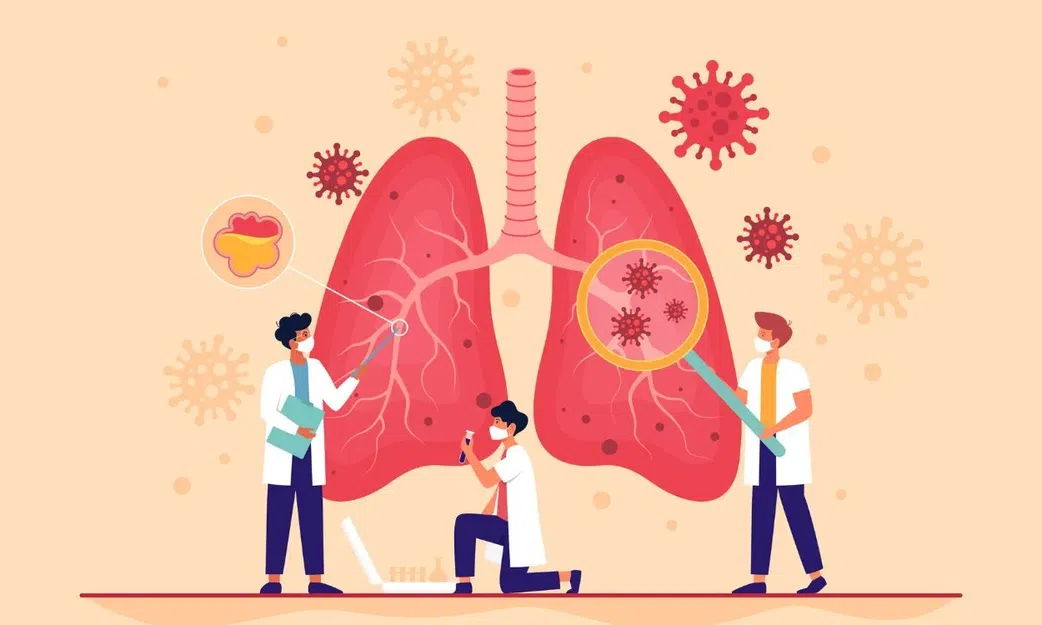
Of course, lung capacity will be significantly reduced, impacting your stamina and ability to exert yourself physically. Life will certainly be different, but survival and a reasonable quality of life are achievable, especially with proper rehabilitation.
ALSO READ: 5 simple bags every woman should own
6. The Gallbladder
This small, pear-shaped organ sits under your liver and primarily serves as a storage pouch for bile, a digestive fluid produced by the liver that helps break down fats. It’s essentially a ‘holding tank’. If your gallbladder becomes problematic (e.g., due to gallstones), it can be surgically removed (cholecystectomy).
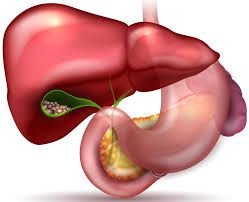
The liver continues to produce bile, which then flows directly into the small intestine. While some people might experience minor digestive adjustments, like needing to limit very fatty foods, most can eat a normal diet without any long-term issues.
7. Reproductive Organs
For women, this could mean the ovaries and/or uterus (hysterectomy, oophorectomy). For men, the testes and/or prostate. These organs are, of course, essential for reproduction and hormone production, but not for the individual’s direct survival.
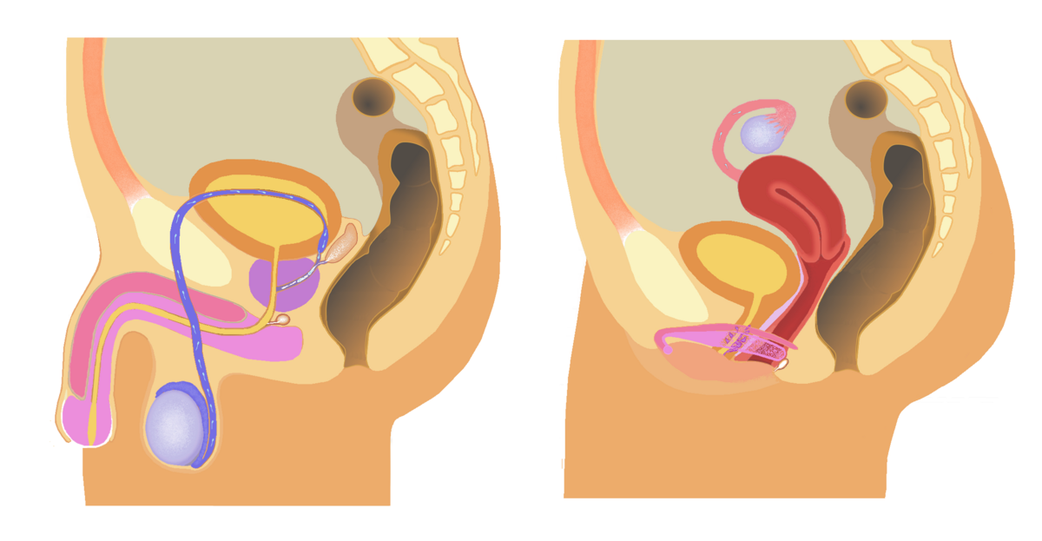
Their removal might necessitate hormone replacement therapy (HRT) to manage menopausal symptoms or hormonal imbalances, and it certainly affects fertility. However, life continues, often with improved health if the removal was due to conditions like cancer or severe endometriosis.
ALSO READ: ways to move on from your heartbreak when you still have to see your ex
8. Part of the Colon (Large Intestine)
The colon plays a crucial role in absorbing water and electrolytes, and forming stool.10 However, sections of it can be removed (colectomy) if affected by diseases like Crohn’s disease, ulcerative colitis, or cancer.
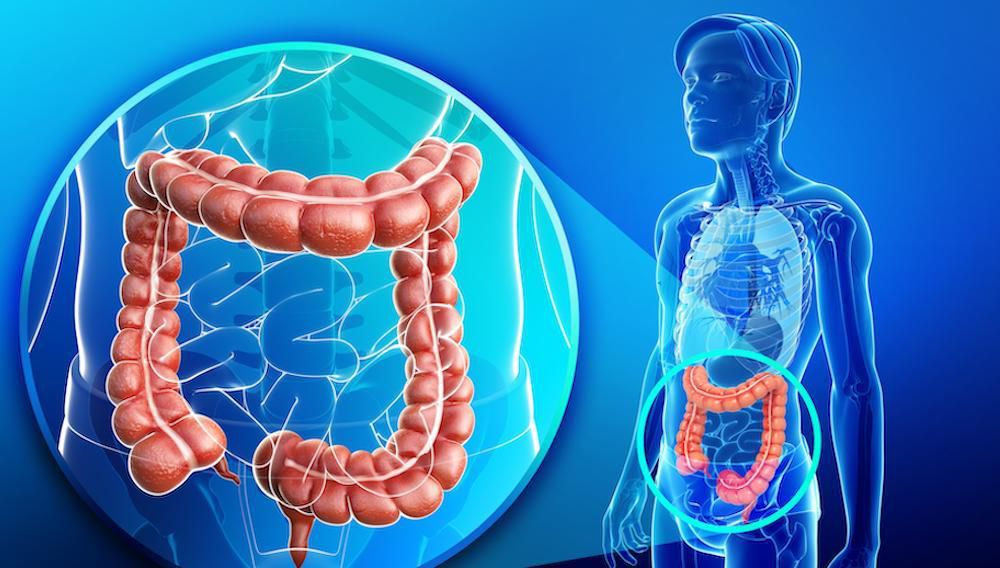
The remaining parts of the colon can often be reconnected, allowing digestion to continue, albeit with potential changes in bowel habits. In some cases, a colostomy or ileostomy might be created, but individuals can still lead full, active lives.
ALSO READ: Arsenal break silence on Thomas Partey’s rape case
9. The Stomach
This one truly is surprising! The stomach’s job is to churn food and begin digestion, but it’s not strictly indispensable. In cases of severe stomach cancer, the entire stomach can be removed (gastrectomy).Surgeons then connect the oesophagus directly to the small intestine. Individuals must then eat much smaller, more frequent meals, and certain nutrients might need to be supplemented, but the body can adapt remarkably to absorb nutrients further down the digestive tract. It’s a challenging recovery, but living without a stomach is indeed possible.
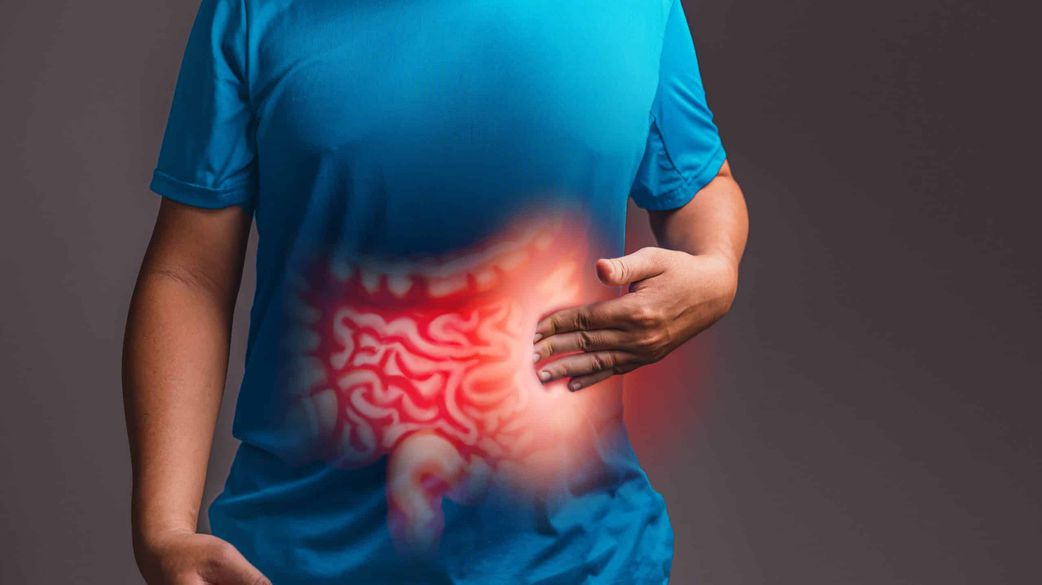
The human body is an utterly brilliant piece of biological engineering. While we might not relish the thought of parting with any of our internal bits and bobs, it’s a profound testament to our adaptability and resilience that we can often continue to thrive, even when some vital-seeming components are no longer part of the package. Who’d have thought, eh?






